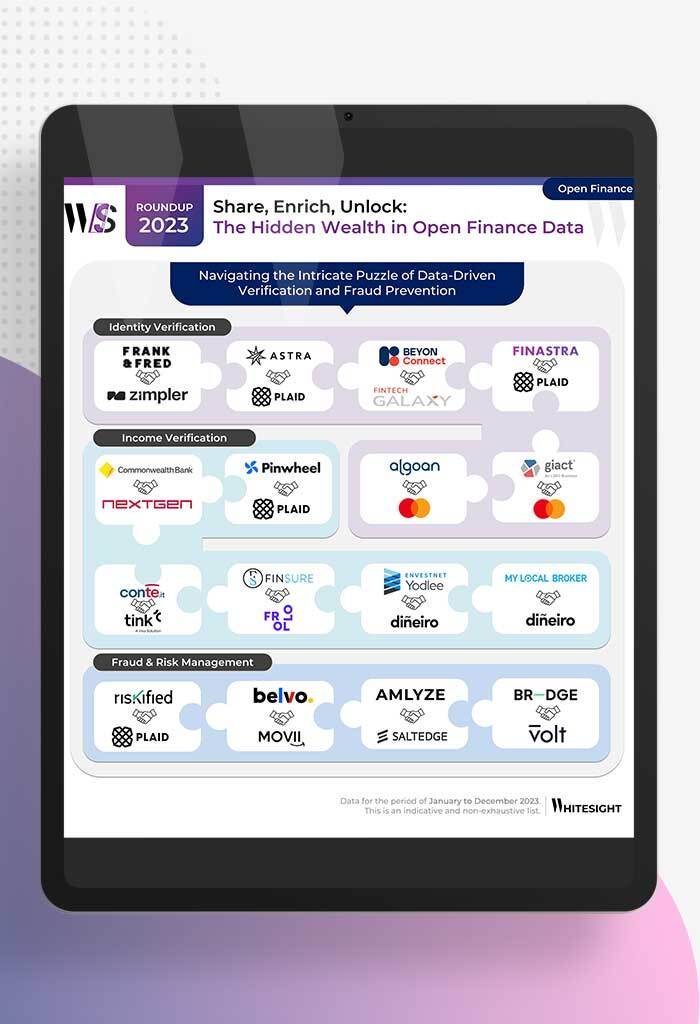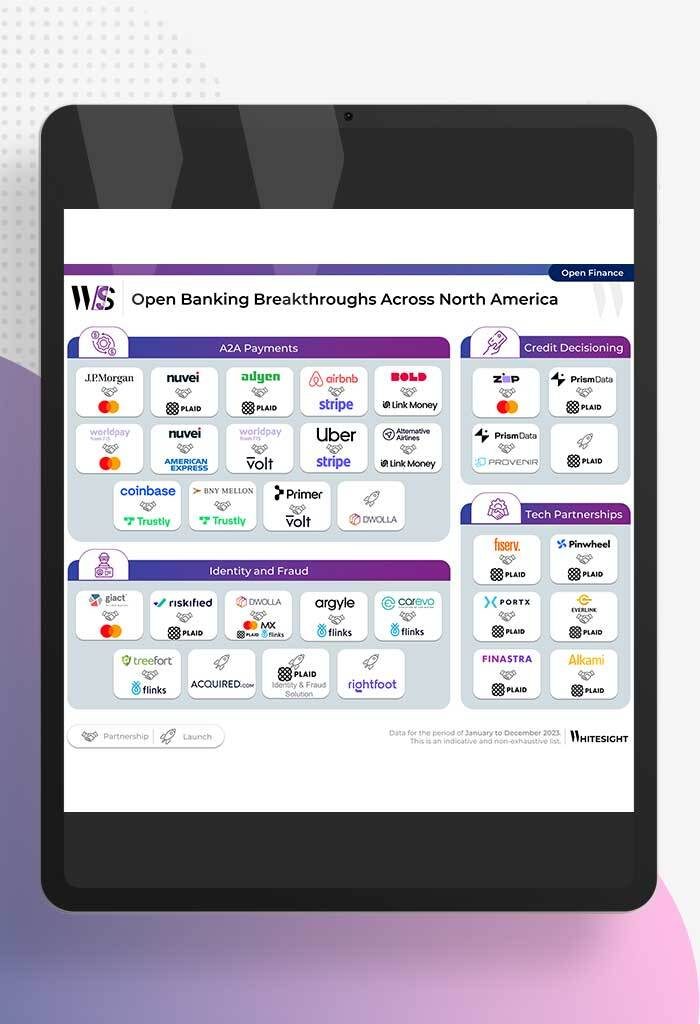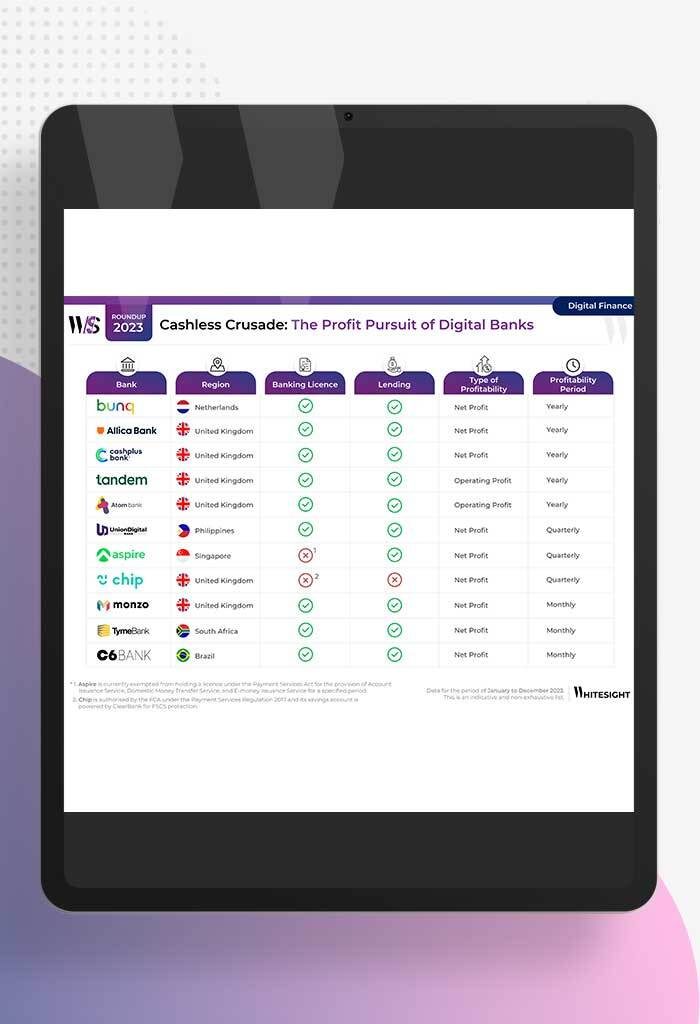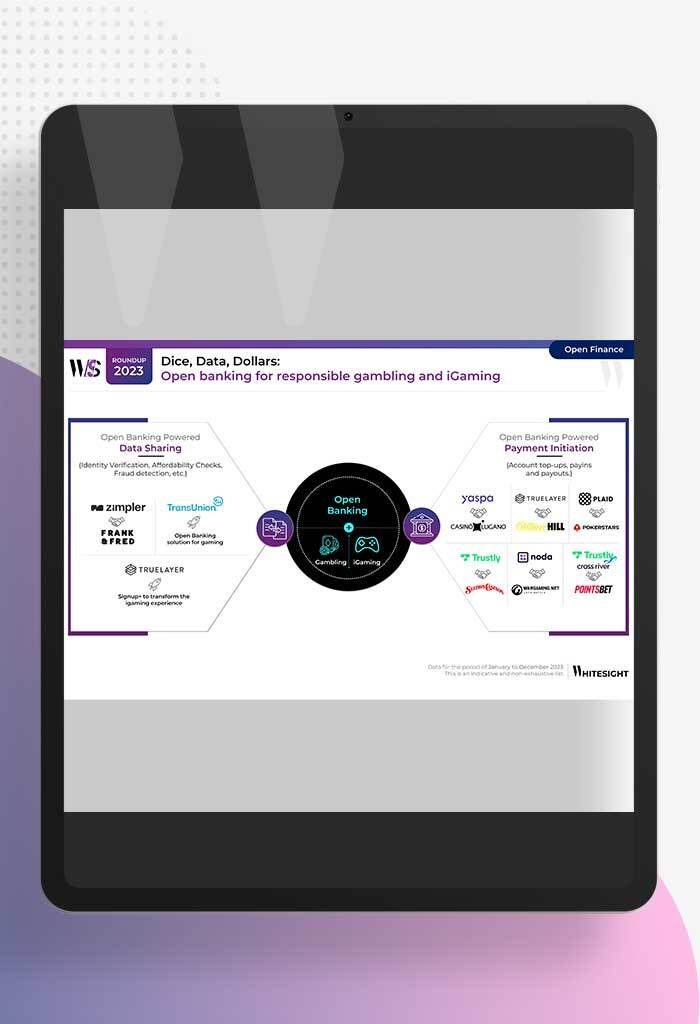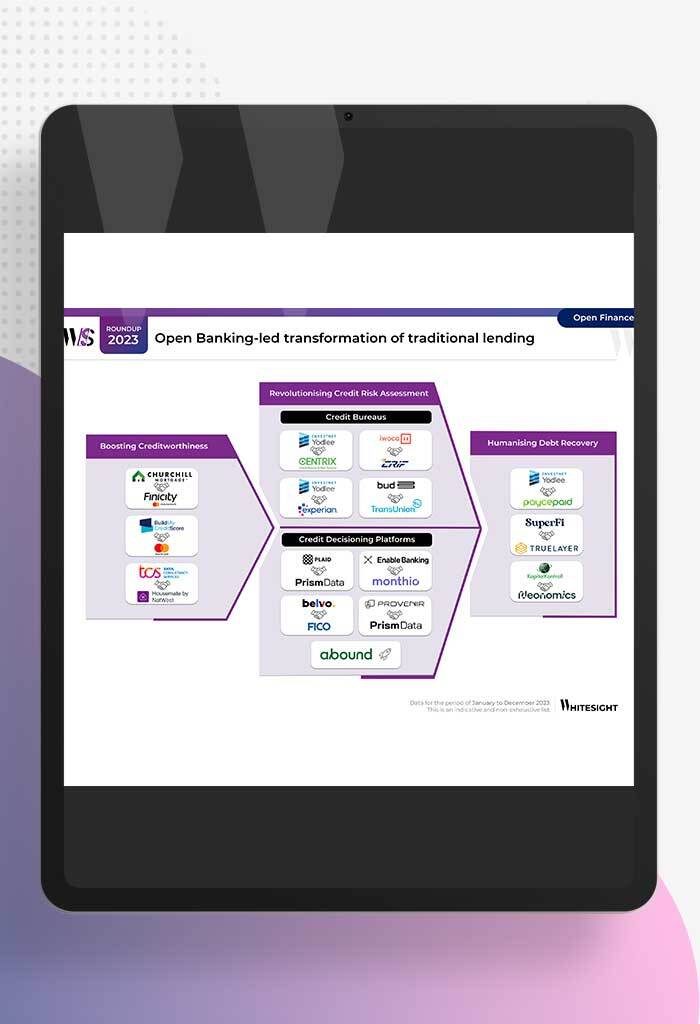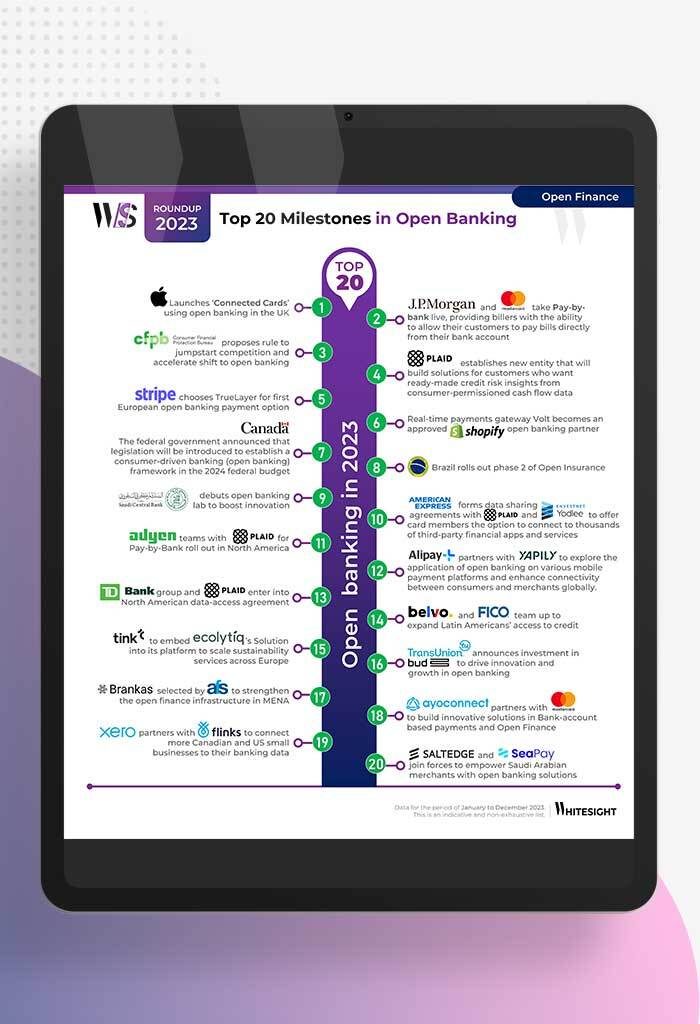Back To The Future: The Evolution of Branchless Banking
- Sanjeev Kumar
- 6 mins read
- Fintech Strategy, Insights
Table of Contents
Digital-first banks have gained significant prominence in the last decade with several startups, banks, and non-banks launching and scaling virtual and branchless banking propositions, and doing so by leveraging new technologies to deliver mobile-first experiences.However, if we look at the historical evolution of branchless banking, we see that several incumbent banks have experimented with the model right from the 1980s and 1990s, through a branchless banking proposition called Direct Banking. Direct Banking: Focus on Efficiency and EaseThe 1st generation of Direct Banks used telephone banking to enable customers to perform a range of financial transactions over the telephone without the need to visit a bank branch or ATM. This initiative, which saw growth during the 1980s and 1990s, was first introduced by Girobank in the United Kingdom, who further established a dedicated telephone banking service in 1984. One of the world’s first fully functional direct banks was First Direct, which launched telephone banking in the United Kingdom in 1989. A subsidiary of the then Midland Bank, it pioneered the concept of no branches and 24-hour service through a call center.ING introduced the same concept in other countries in 1997 as ING Direct, a bank without branches that offered attractive savings […]
This post is only available to members.
Already a subscriber? Log in to Access
Unlock this blog
Gain exclusive access to this blog alone.
Radar Subscription
Select a membership plan that resonates with your
goals and aspirations.
Not Ready to Subscribe?
Experience a taste of our expert research with a complimentary guest account.
We publish new research regularly. Subscribe to stay updated.
No spam.
Only the best in class fintech analysis.
Related Posts
- Kshitija Kaur and Sanjeev Kumar
From Data Streams to Enriched Data Fountains Remember the early days of plumbing? Water flowed freely, but its quality was...
- Samridhi Singh and Sanjeev Kumar
North America’s Open Sesame: Use Cases Bloom Open banking has garnered significant attention in recent years, and at Whitesight, we’ve...
- Samridhi Singh and Sanjeev Kumar
Profitability Unlocked: Licences, Service, and Survival The rise of digital banks has sparked a paradigm shift in how we perceive...
- Sanjeev Kumar and Risav Chakraborty
High stakes in the gambling sector The online gambling industry is booming, with a projected market size of $107.3B by...
- Sanjeev Kumar and Risav Chakraborty
Open Banking-led Transformation of Traditional Lending In 2023, a wave of innovation swept through the lending industry, thanks to several...
- Sanjeev Kumar
Unmasking Open Banking’s Game Changers in 2023 2023 has been a pivotal year in the world of open banking, marked...
